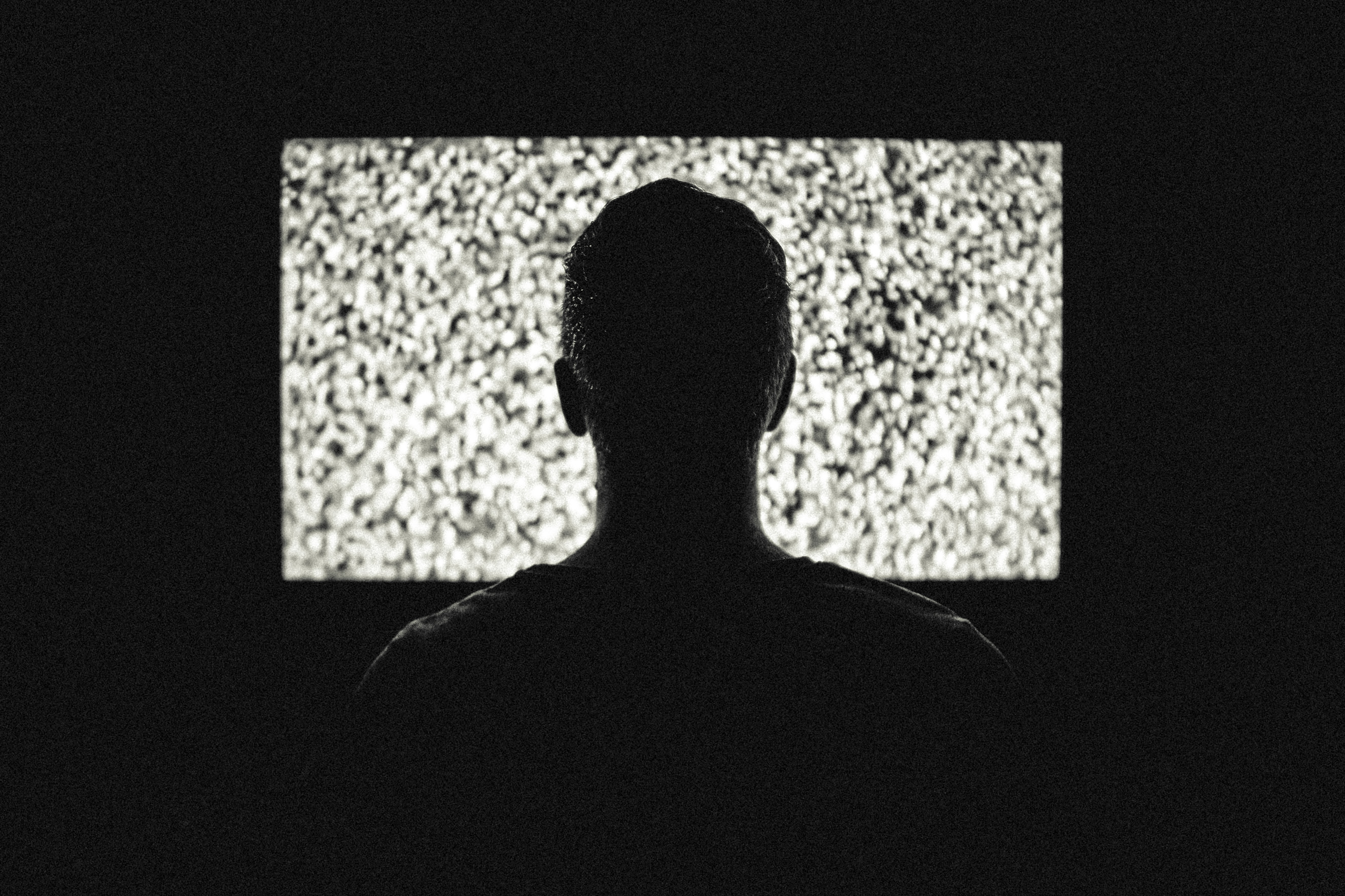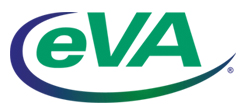 By Susan Carol
By Susan Carol
It is disturbing when people refer to “The Media” as if it is a single entity or institution. Media is a broad generic term referring to professional free lancers and journalists dedicated to reporting the truth as may be possible to obtain. The most influential news organizations have national or international audiences and reporters who are educated journalists, some more experienced or credible than others. But they are not all the same and shouldn’t be lumped as one common entity.
President Trump in Harrisburg, Pa., recently was demonizing “the media” as “very dishonest people” and “FAKE,” snubbing the White House Correspondents’ Association Dinner in Washington, D.C., occurring on the same day. Insults to major media outlets continue, and it’s terribly alarming that the President refers to “media” as the “enemy.” He’s not the only one but is setting the tone.
Margaret Sullivan, media reporter for The Washington Post, suggested that just as the first 100 days of the president are being evaluated, it’s fair to ask: What about the news media’s first 100 days?…
“…it’s a ridiculous question in some ways, because ‘the media’ is hard to define or generalize about,” she said.
“(Are we talking about BuzzFeed or Breitbart News? The New York Times or Fox News or the Arizona Republic?)”
She defined mainstream media as the cable and broadcast TV networks, national newspapers, and some significant digital outlets, and to a smaller extent, local news organizations.
How did she rate them? See full story here. http://wapo.st/2q8nCW4
I’ve interacted with many journalists throughout my 30+ years in public relations. Reporters are often obsessive about finding and confirming information, and they usually devote time to cite multiple sources, often while following a single topic, reporting incrementally as more is revealed. I have respect for their mission, and it’s more important than ever.
Today we can all be reporters to some extent. We can use smart phones and social media channels to report what we observe. However, such coverage while seemingly authentic and spontaneous is limited, fleeting, personal and biased. The motive should be considered.
Responsible reporting covers all sides of a story and it holds institutions and politicians accountable. It should be neither liberal nor conservative, but opinion pieces do take a stand and should be highlighted as editorial content, not news. Consumers also should consider all sides and consider reports from multiple news sources. It’s core to a democratic society. As the Post boldly displays in its newspaper’s flag, “Democracy dies in darkness.”
I recommend visiting the Newseum in Washington, D.C., to see the courage and sacrifices made throughout history by reporters to cover important events from war zones to “Ground Zero” –bringing real events to light. You can see headlines from across the country at http://www.newseum.org/todaysfrontpages/
On one floor there is a color-coded map to illustrate levels of press freedom. It is rare around the world, but America, so far, is categorized as being the most free.
{Interactive map online at https://freedomhouse.org/report/freedom-press/freedom-press-2016}





